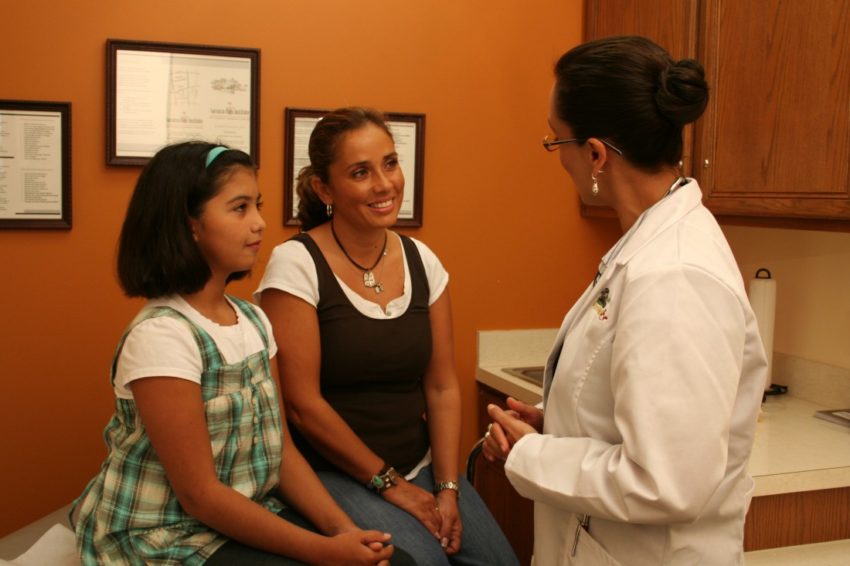
Share On Social!
Vaccinating pre-teens against human papillomavirus (HPV) is easier with new CDC guidelines, which recommends two HPV shots for younger adolescents instead of three.
The three-injection series is still recommended for older teens.
Today the Cancer Therapy & Research Center (CTRC) of UT Health San Antonio is uniting with each of the other 68 National Cancer Institute (NCI)-designated cancer centers in issuing a joint statement to support these recommendations with the hope of improving the national vaccination rate.
January is National Cervical Cancer Awareness Month.
“We must amplify and unify our efforts to increase awareness of the HPV vaccine to prevent cervical and other cancers, and to motivate pediatricians to encourage parents to get their children vaccinated,” said Dr. Amelie G. Ramirez, a Latina cancer researcher at UT Health San Antonio and the CTRC.
“Not obtaining the vaccine for children is a missed opportunity to protect them against the pain and suffering from cancer in the future,” she said.
According to the CDC, incidence rates of HPV-associated cancers have continued to rise, with approximately 39,000 new HPV-associated cancers now diagnosed each year in the United States.
Although HPV vaccines can prevent the majority of cervical, anal, oropharyngeal and other genital cancers, vaccination rates remain low across the U.S., with just 41.9% of girls and 28.1% of boys completing the recommend vaccination series.
The new guidelines from the CDC recommend that children aged 11-12 receive two doses of the HPV vaccine at least six months apart. Adolescents and young adults older than 15 should continue to complete the three-dose series.
“Cervical cancer rates are especially high among the largely Latino population of South Texas, yet most of these cases could be prevented with the HPV vaccine, which has been proven safe and effective,” Dr. Ramirez said.
Research shows there are a number of barriers to overcome to improve vaccination rates, including a lack of strong recommendations from physicians, and parents not understanding that this vaccine protects against several types of cancer.
In an effort to overcome these barriers, NCI-designated cancer centers have organized a continuing series of national summits to share new research, discuss best practices and identify collective action toward improving vaccination rates.
The original joint statement, published in January 2016, was the major recommendation from a summit hosted at The University of Texas MD Anderson Cancer Center in November 2015, which brought together experts from the NCI, CDC, American Cancer Society and more than half of the NCI-designated cancer centers.
The updated statement is the result of discussions from the most recent summit, hosted this summer by The Ohio State University Comprehensive Cancer Center.
“We have been inspired by the White House Cancer Moonshot to work together in eliminating cancer,” said Dr. Electra Paskett of The Ohio State University Comprehensive Cancer Center.
“Improving HPV vaccination is an example of an evidence-based prevention strategy we can implement today to save thousands of lives in the future.”
Explore More:
AccessBy The Numbers
25.1
percent
of Latinos remain without health insurance coverage



